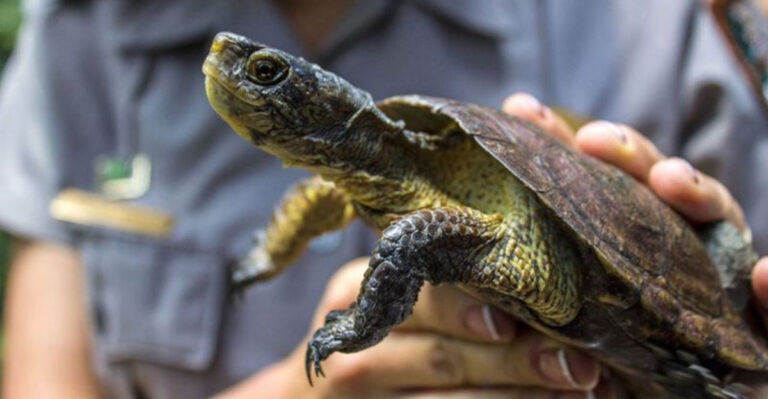Elusive Greenland Sharks Spotted In The Deep Ocean
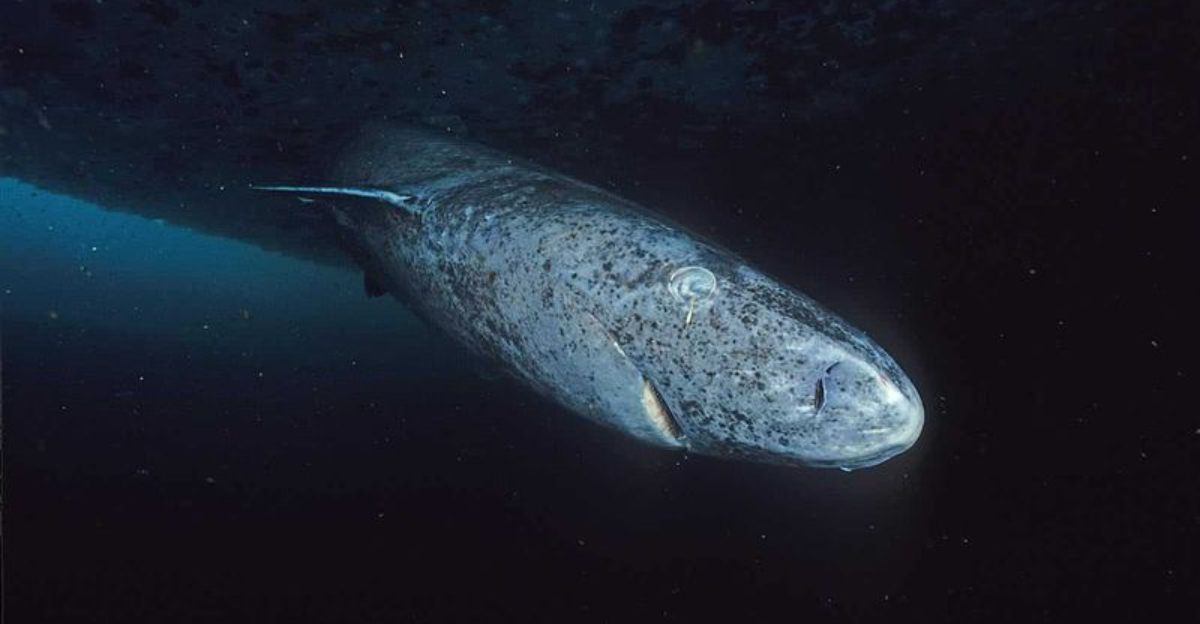
Greenland sharks, long known for their mysterious nature, have been spotted in the deep ocean, offering new insights into their behavior and habitat.
Their deep-water lifestyle and elusive presence make them one of the ocean’s most enigmatic creatures. Scientists are now learning more about these ancient beings that silently roam the darkest parts of our oceans.
1. A Rare Sighting

For the first time in recent years, elusive Greenland sharks have been spotted in the deep ocean, offering scientists a rare glimpse into the life of one of the ocean’s most mysterious creatures.
These slow-moving giants, known for their impressive size and remarkable longevity, typically reside in the cold, dark depths of the Arctic and North Atlantic Oceans, often at depths exceeding 2,000 meters.
Their elusive nature, combined with their preference for deep, frigid waters, has made them difficult to study. However, recent sightings have sparked renewed interest in their behavior, habitat, and role in the marine ecosystem.
Despite their remote habitat, these sightings provide valuable insights into the lives of these ancient sharks, known for their unique adaptations to extreme environments.
2. Extreme Longevity

Imagine living through five centuries of Earth’s history! Greenland sharks hold the record as the longest-living vertebrates on our planet.
Scientists have dated some individuals to be over 400 years old, potentially reaching the 500-year mark. These ancient mariners were swimming when pirates still ruled the seas!
3. Slow Metabolism
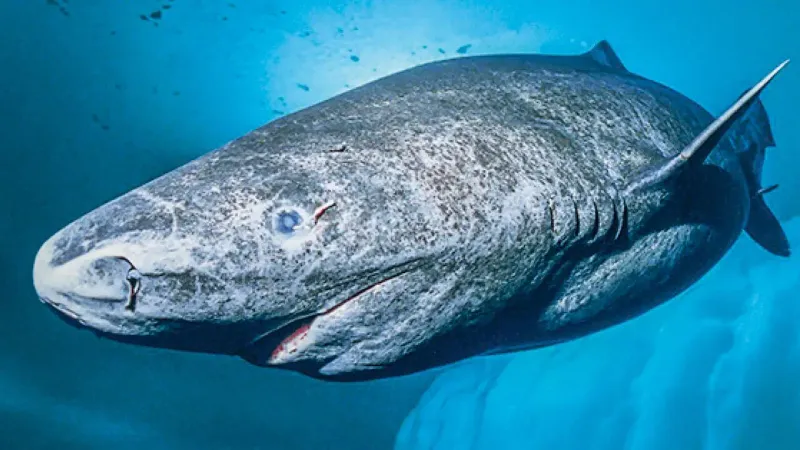
Moving at a snail’s pace has its advantages! These sharks swim at a leisurely 0.3 meters per second, conserving precious energy in the frigid depths.
Their ultra-slow metabolism contributes significantly to their remarkable longevity. Unlike most predators, these unhurried hunters take life one slow swim at a time.
4. Delayed Sexual Maturity
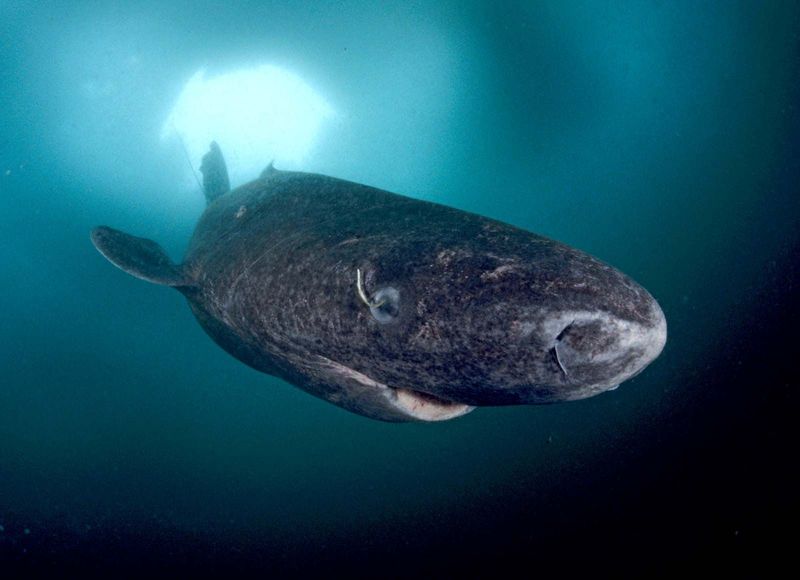
Talk about a long adolescence! Female Greenland sharks don’t reach sexual maturity until around 150 years of age—older than most nations!
Their pregnancy lasts between 8 to 18 years, possibly the longest gestation period of any vertebrate. This reproductive strategy helps explain their rarity and vulnerability to population decline.
5. Deep-Dwelling Creatures
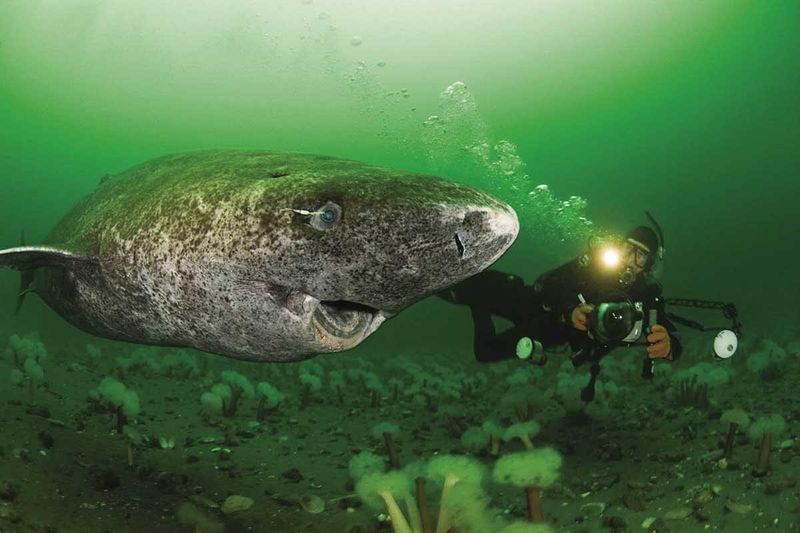
Pressure that would crush submarines doesn’t bother these deep-sea veterans. Greenland sharks routinely plunge to depths exceeding 2,200 meters—deeper than the Grand Canyon is tall!
Their preference for these extreme environments explains why human encounters remain so rare. They thrive where few other large predators dare to venture.
6. Scavengers Of The Deep
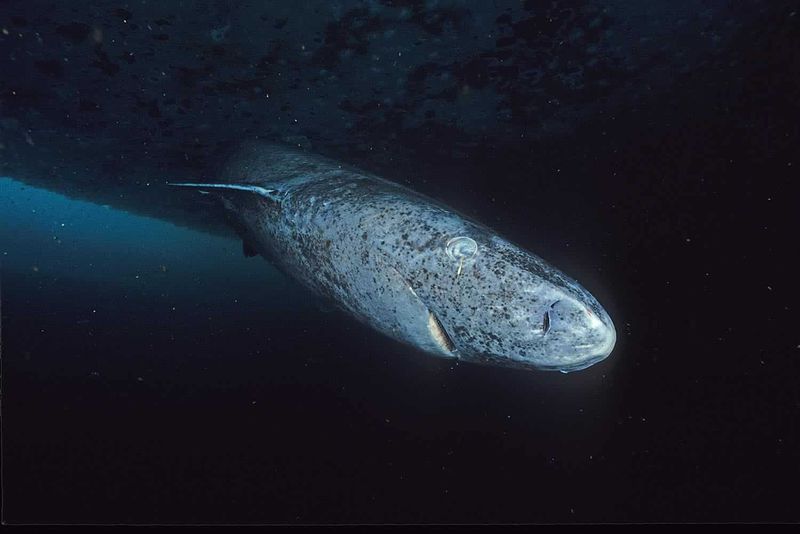
Nature’s ultimate cleanup crew doesn’t discriminate when dinner is served. Researchers have found everything from fish and seals to reindeer and polar bear remains in their stomachs!
Their powerful jaws can bite through frozen meat and bone with ease. As opportunistic feeders, they’ll consume whatever protein source becomes available in their resource-scarce environment.
7. Impaired Vision
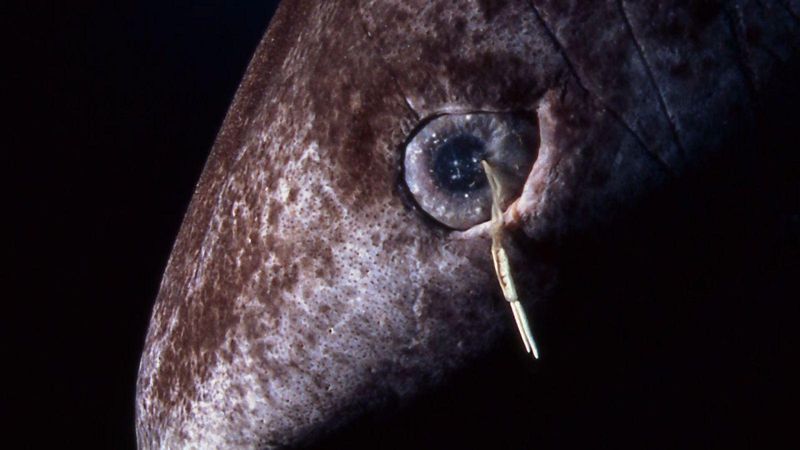
Most Greenland sharks navigate through life partially blind. A bizarre parasitic relationship exists with copepods that attach to their corneas, causing cloudy vision.
Strangely, scientists believe this relationship might be beneficial. The parasites may glow, attracting prey directly to the shark’s mouth! Nature has found a way to turn disability into advantage.
8. Cold-Water Adaptations

Antifreeze runs through their veins—literally! Specialized compounds in their blood prevent freezing in waters hovering just above 32°F (0°C).
Their flesh contains high levels of trimethylamine oxide, making it toxic to most mammals when fresh. Indigenous Arctic peoples learned to process the meat through fermentation or drying to make it edible.
9. Rare Sightings
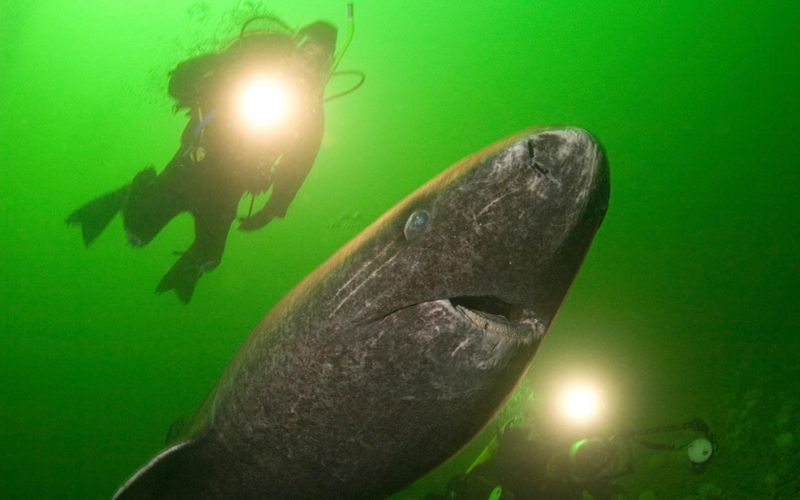
Spotting a Greenland shark is like winning the marine biologist lottery! Most footage comes from deep-sea research vehicles or fishing accidents.
Their elusive nature has spawned legends among fishing communities for centuries. Modern scientists celebrate each new observation as a precious opportunity to study these living fossils of the deep.
10. Human Longevity Research Potential
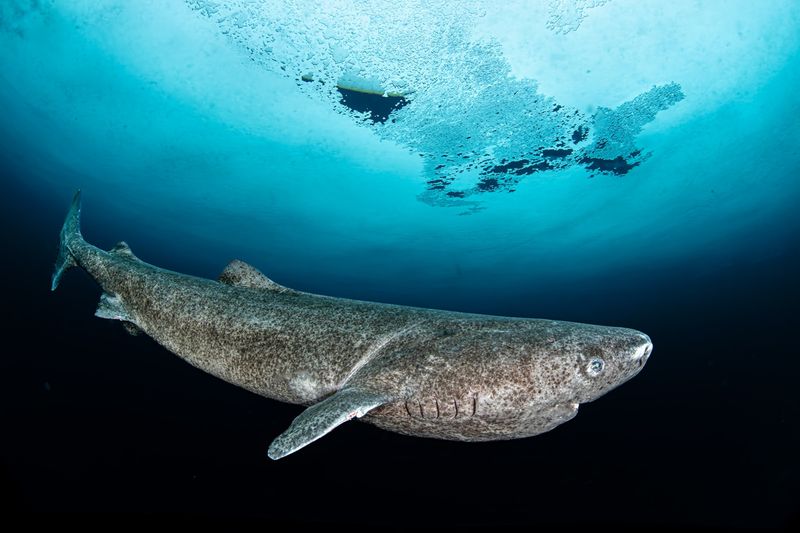
The fountain of youth might swim in the deep ocean! Scientists are studying Greenland shark DNA to understand how they resist cancer and cardiovascular disease for centuries.
Their cells appear to have unique protective mechanisms against aging. These insights could revolutionize human medicine, potentially extending our own lifespans or improving health in our later years.
11. Mysterious Migration Patterns

Global wanderers with no GPS needed! Though primarily Arctic dwellers, these sharks have surprised scientists by appearing in waters near Belize and South Carolina.
Their travel methods remain largely unknown. Recent tracking studies suggest they may follow deep-water currents across vast distances, occasionally venturing into unexpected regions for reasons we don’t yet understand.
12. Conservation Concerns

A single fishing net can undo centuries of life. With their extremely slow growth and reproduction rates, Greenland shark populations recover at glacial speeds when depleted.
Commercial fishing once harvested them for liver oil. Though now protected in many regions, accidental bycatch and habitat degradation from deep-sea mining pose serious threats to their continued existence.
13. Ecosystem Balance Keepers

As top predators, Greenland sharks maintain the health of deep-ocean ecosystems. Their hunting helps control population levels of various marine species.
Without these ancient regulators, entire food webs could collapse. Their slow, methodical presence creates a balance that has existed for millennia, influencing everything from seal populations to fish distribution patterns.




